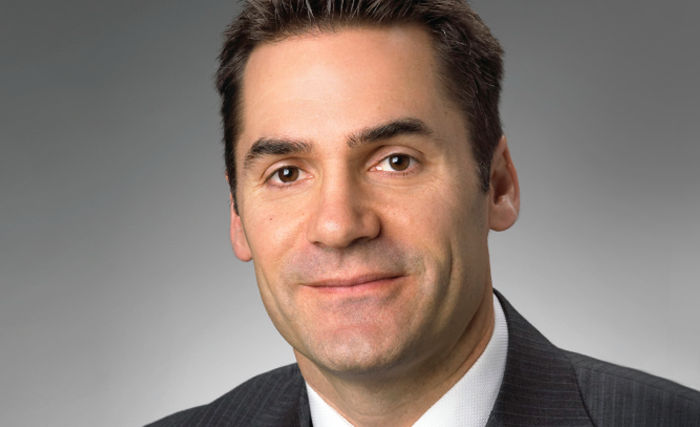In an era of increasing regulations, rising numbers of mutual funds and mutual fund series, the industry needs more simplicity, not complexity, a conference was told.
“The industry continues to launch these funds and series,” said Carol Lynde, president and chief operating officer at Bridgehouse Asset Managers, referring to the 3,222 retail mutual funds and about 15,000 series available in Canada as of the end of August 2015.
“At this point it has reached a ridiculous level. Now it’s time to think about simplification. How can we actually do that?” she asked during a panel discussion on industry trends at the Investment Funds Institute of Canada (IFIC) conference in early October.
One way to help reduce complexity, suggested David Scandiffio, president and CEO of CIBC Asset Management, is to increase collaboration among industry members. This would include co-operation among regulators, investor advocates and the industry, otherwise the result will be prescriptive solutions, said Scandiffio. “You don’t need unnecessary complexity.”
But Paul Lorentz, president of Manulife Investments at Manulife, said the types of strategies companies use in the future will have to be complicated, partly because they will be more global in nature.
“[Strategies] are going to have to protect the downside,” said Lorentz. “There will be more risk overlays – [as we deal with] the complexity of the solution behind the scenes for the consumer to try to achieve their retirement goals.”
Specialized advice
Lorentz said there will not be a single solution for everyone, noting that both younger and older clients will require more specialized advice as the years go on.
Younger clients need help getting them started and have the benefit of a long time horizon. OIder clients may realize that the much-touted level of 70% pre-retirement income for the rest of their lives may not be enough, especially if long-term care is required.
He also said that advisors will increasingly play a role in making sure investments are tax-efficient, especially those with high net worth and clients in retirement.
There will be more choices in the types of products and how consumers want to buy (fee-based vs. commission) and competition will continue to drive those choices, predicted Lorentz.
Technology will have a big role to play in helping advisors get a handle on their clients’ needs, but will also be a way to make information easier to digest for many investors, suggested Scandiffio.
Technology as a tool
While he acknowledged technology can be a disrupter – providing access to too much information – he said information is a great tool for investors.
“On the whole, it’s like transparency – it’s helping you sort out context and provide focus to everyone on the value proposition.”
None of the panel members seemed overly concerned about the introduction and growth of robo-advice, saying it’s a tool that advisors need to leverage.
Robo-advice provides unsophisticated consumers with a know-your-client form, including helping them assess their risk tolerance and suggesting low-cost solutions. “I think it’s an interesting trend for us to look at,” said Scandiffio.
A recent report by A.T. Kearney, suggests that by 2020, robo-advisors will manage about $2 trillion in the U.S. – or said differently, that robo-advisors will control 5.6% of Americans’ investment assets by 2020, up from 0.5% today.
Lorentz said advice will change in the future “but it’s not going anywhere” mainly because people don’t have the time or knowledge to look into financial products themselves.







